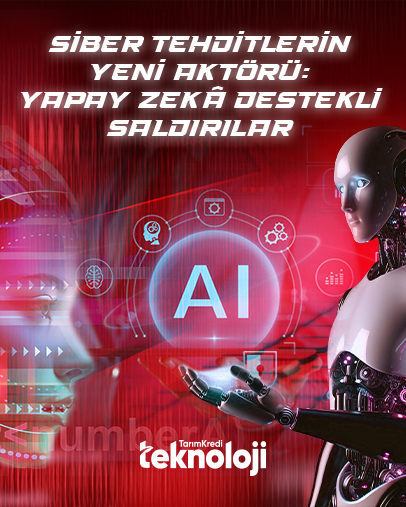Web Applications
Mobile Applications
Requirements Analysis
Agile Project Development Processes
DevOps Processes
Human Resources Solutions
Accounting & Finance Solutions
Reporting Solutions
Custom and Retail Solutions
Process Management Application Solutions
Project Management & Consultancy Studies
System and Cyber Security Services
Website Services
Application Security Services
Exchange E-Mail Services
Active Directory Services
Server Rental Services
Cloud Storage Services
Log Management Services
End User Security Services
Asset and Inventory Management Services
Virtual Switchboard Services
FKM Services













